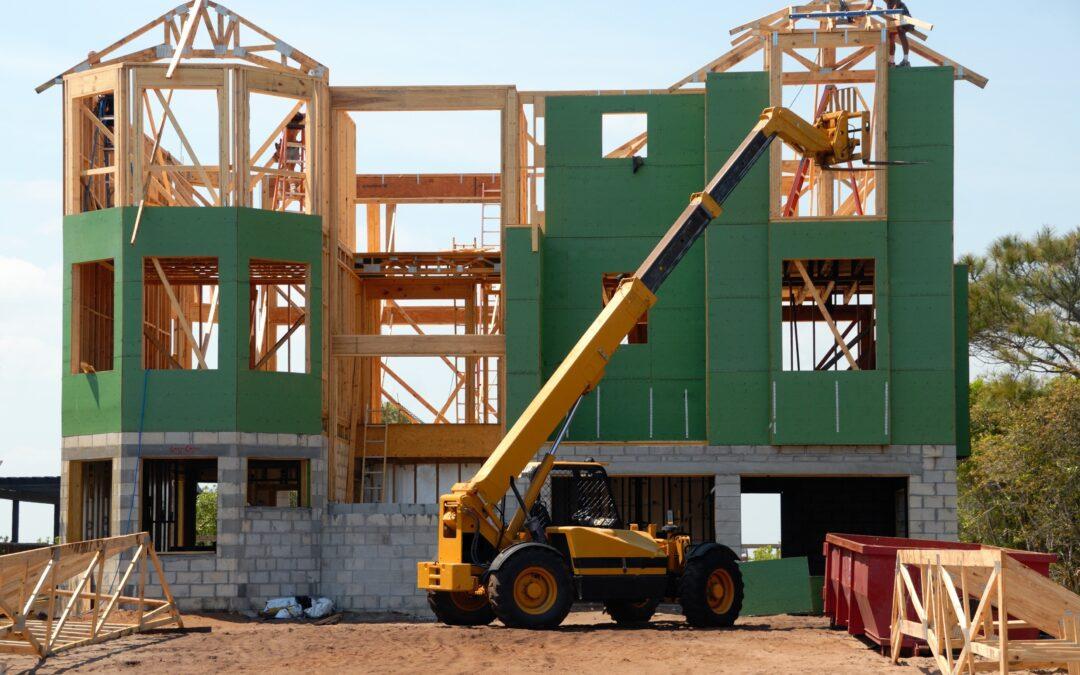When considering investing in real estate development, we usually lean on renovations, since that’s a proven and low-risk way to start generating cash flow.
However, if you still have ample time before your retirement, you should be involving your capital in ventures on which risk is higher or require a fair amount of time, but can yield higher returns.
Here’s where ground-up real estate investments can come into play. A ground-up development involves the construction of a building completely from raw materials – which means producing new walls and foundations, footings, etc., in a brand-new location.
Why Invest in Ground-Up Projects?
Simply put, ground-up construction offers unlimited flexibility. It allows for building customization so that a building can better meet the needs of its purpose.
For instance, if the building is intended for an assisted living facility, it can offer proper living spaces for the elderly, plenty of space for leisure, and accommodation of certain special needs, all of which can be planned ahead of the construction.
Also, depending on the nature and volatility of the local real estate market, ground-up construction can sometimes be cheaper than a renovation simply on account of avoiding costly problems or the need to modernize outdated components so that they match current codes.
Another important benefit is the option to grow out a building in stages. Using the same example as before, an assisted living facility can easily be built upon if it eventually requires expansion due to a need for more tenants.
In short, as your business grows more, so can your building.
How to Invest In Ground-Up Real Estate?
There are 4 significant ways to judge whether a development project is a safe investment:
- Checking the loan-to-value ratio is a must-do. If the numbers don’t come out in a way that you’re comfortable with, then the project is an easy pass.
- It’s important to angle on an excellent lien position, especially in ground-up development. The first lien position is the best, as it greatly reduces the risk of losing the investment.
- Investors will want to investigate the people constructing the development. If their track record and experience aren’t extensive, then the project carries a considerably higher level of risk.
- It’s very important to evaluate the location of the development, and the health and volatility of the surrounding real estate market. Big urban environments carry less risk because they’re certified to have plenty of interested tenants or buyers, while rural locations tend to offer a wider array of real estate options, therefore such places present a higher risk of development going to waste.
For these reasons, it shouldn’t come as a surprise why we used assisted living facilities as an example earlier. When you apply the above criteria to this niche, you can see how it fulfills all of the requirements needed for new ground-up development to make a profit.
As you might know already, assisted living facilities play an important role in serving elderly Americans. As the number of people nearing their retirement age grows more, the demand for residential assisted living will increase dramatically, thus making it extremely likely for these developments to have an increased loan-to-value ratio and of course, market demand.
So, if you were thinking of taking the first step towards real estate investing and syndication, and you still have ample time to diversify your retirement portfolio for bigger returns, investing in a ground-up residential assisted living development is a great way to start and leverage the current trends!
If you’re interested in learning more about real estate investing and syndications, be sure to subscribe to our newsletter. We share useful content like this article that can help you understand and start with syndication and passive investing.


